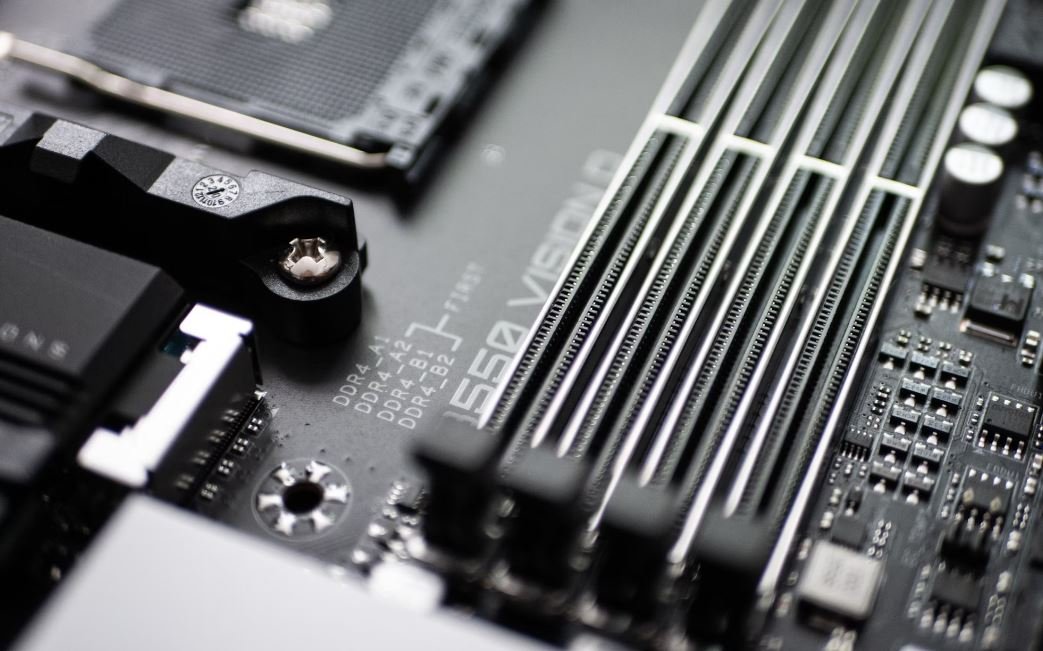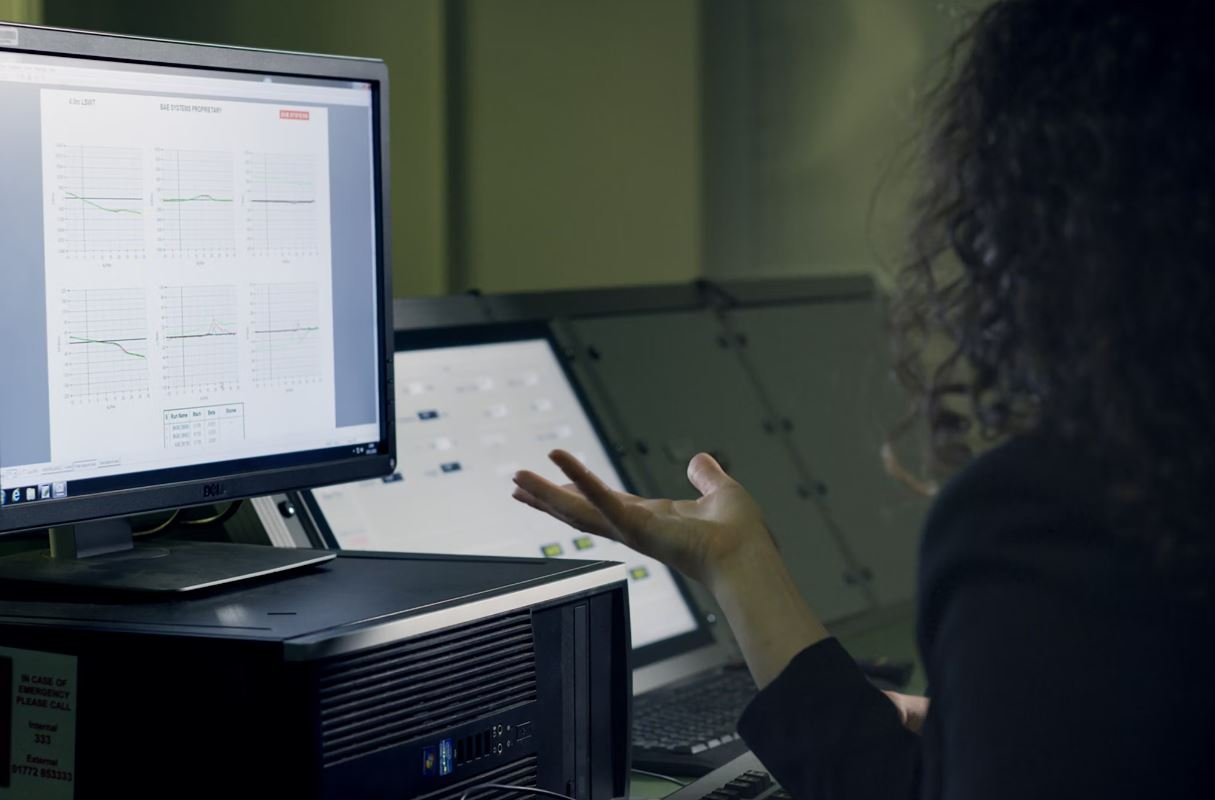Model Building Research
Model building research is a crucial aspect of various fields, such as economics, psychology, and engineering. It involves creating mathematical or computational models to understand and analyze complex phenomena. This article explores the importance of model building research and highlights key factors to consider in the process.
Key Takeaways
- Model building research is essential for understanding complex phenomena.
- It involves creating mathematical or computational models.
- Model building research enables hypothesis testing and scenario analysis.
- Validating models through real-world data is crucial for their reliability.
**Model building research** allows researchers to gain insights and make predictions in fields where experimentation may be challenging or impossible. By representing a system with mathematical equations or computational algorithms, models offer a simplified and structured framework for analysis.
One interesting aspect of **model building research** is its ability to facilitate hypothesis testing. By constructing different scenarios within the model, researchers can manipulate variables and observe the outcomes. This controlled experimentation aids in understanding the relationships and dynamics of the system under investigation.
**Validating models** is a critical step in ensuring their reliability and predicting real-world behavior accurately. Researchers need to compare the model’s output with observed data to assess its performance. This validation process helps identify any discrepancies and leads to model improvements.
Types of Models
There are different types of models used in research, each serving a specific purpose. Some common types include:
- Mathematical Models: Represented by equations and mathematical notations, these models use analytical techniques to study relationships and predict outcomes.
- Simulation Models: These models involve computer-based algorithms that mimic real-world systems or processes, allowing researchers to observe and analyze their behavior.
- Statistical Models: Utilizing statistical techniques, these models analyze data and infer relationships, helping researchers understand patterns and make predictions.
Steps in Model Building Research
Model building research involves several essential steps to ensure its effectiveness and accuracy. These steps generally include:
- Defining the Objective: Clearly establishing the purpose of the research and defining the problem to be solved or the phenomenon to be understood.
- Gathering Data: Collecting relevant data to inform and validate the model. The quality and completeness of the data significantly impact the accuracy of the model.
- Constructing the Model: Creating the mathematical or computational framework that represents the system or phenomenon under study.
- Calibrating and Validating the Model: Fine-tuning the model parameters using observed data to ensure it accurately represents the real-world system.
- Testing and Scenario Analysis: Examining the model’s behavior under different scenarios to gain insights and understand potential outcomes.
- Interpreting Results: Analyzing the model outputs to draw conclusions and make informed decisions regarding the research objective.
Importance of Collaboration in Model Building Research
In complex research projects, collaboration across disciplines and expertise can significantly enhance the quality of the model. Collaboration allows for broader perspectives, diverse data sources, and expertise in various modeling techniques. It fosters innovation and helps tackle multifaceted problems through combined knowledge and skills.
Table 1: Comparison of Model Types
| Model Type | Advantages | Disadvantages |
|---|---|---|
| Mathematical Models | Exact solutions, insights into underlying mechanisms | May oversimplify complex systems |
| Simulation Models | Realistic representation, dynamic analysis | Computationally intensive, require accurate input data |
| Statistical Models | Data-driven, inferential power | Assumptions may limit applicability |
Furthermore, **model building research** allows for scenario analysis, enabling researchers to understand the potential outcomes and implications of different scenarios. By manipulating variables within the model, researchers can explore various situations, helping them make informed decisions and anticipate future developments.
Table 2: Steps in Model Building Research
| Step | Description |
|---|---|
| 1 | Defining the Objective |
| 2 | Gathering Data |
| 3 | Constructing the Model |
| 4 | Calibrating and Validating the Model |
| 5 | Testing and Scenario Analysis |
| 6 | Interpreting Results |
Finally, the wide-ranging applicability of model building research makes it a valuable tool in a variety of disciplines. Whether it is predicting market trends, studying disease spread, or optimizing industrial processes, modeling provides valuable insights and aids decision-making.
Table 3: Applications of Model Building Research
| Discipline | Application |
|---|---|
| Economics | Financial forecasting, policy analysis |
| Healthcare | Epidemiological modeling, treatment optimization |
| Engineering | Process optimization, structural analysis |
**Model building research** is an invaluable tool for understanding complex phenomena, making predictions, and informing decision-making. By creating mathematical or computational models, researchers can simulate scenarios, validate their theories, and gain insights into the underlying mechanisms. Collaborative efforts, careful validation, and thorough testing are key to producing reliable models that can contribute to advancements in various fields.

Common Misconceptions
1. Model Building Research is Only for Scientists
One common misconception about model building research is that it is only relevant to scientists or professionals in technical fields. In reality, model building research can be valuable for a wide range of industries and sectors. It can help businesses improve decision-making processes, forecast future outcomes, and understand complex systems. Model building research can be used in finance, marketing, healthcare, urban planning, and many other fields.
- Model building research has practical applications beyond scientific fields.
- Businesses can benefit from using models to improve decision-making.
- Model building research can help understand complex systems in various industries.
2. Models Are Perfect Predictors
Another misconception is that models are flawless and can predict outcomes with complete accuracy. While models can provide valuable insights and aid in decision-making, they are not infallible. Models are simplifications of reality, and uncertainties and assumptions are part of the modeling process. It’s important to be aware of the limitations and potential errors of models when interpreting their results.
- Models are not perfect and cannot predict outcomes with complete accuracy.
- Uncertainties and assumptions are inherent in the modeling process.
- Recognizing the limitations of models is essential for proper interpretation of results.
3. Model Building Research is Complicated and Time-Consuming
Many people believe that model building research is a complex and time-consuming endeavor that requires advanced technical knowledge. While some aspects of model building research can be intricate, there are tools and resources available that make the process more accessible. Additionally, not all models need to be intricate – simpler models can still provide valuable insights and help inform decision-making.
- Model building research can be made more accessible with available tools and resources.
- Not all models need to be overly complex to be useful.
- Simpler models can still provide valuable insights and aid in decision-making.
4. Model Building Research is Only About Numbers
One misconception surrounding model building research is that it is solely focused on numeric data and quantitative analysis. While quantitative methods are common in model building research, qualitative data and analysis are also important. Models can incorporate both types of data to gain a more comprehensive understanding of the subject being studied.
- Model building research can incorporate both quantitative and qualitative data.
- Quantitative methods are common, but qualitative analysis is also important.
- Using a combination of data types can provide a more comprehensive understanding.
5. Model Building Research Isolated from Real-World Applications
Lastly, there is a misconception that model building research is a purely academic pursuit that has little relevance to real-world applications. In reality, model building research aims to address real-world problems and provide practical solutions. The insights gained from model building research can be applied to make informed decisions, optimize processes, and improve outcomes in various industries.
- Model building research aims to address real-world problems.
- The insights gained can be applied to make informed decisions in various industries.
- Model building research has practical applications and relevance beyond academics.

Model Building Research
Model building research is an essential element in various fields, including economics, psychology, engineering, and social sciences. This type of research involves developing and testing theoretical models to gain a deeper understanding of complex phenomena. To illustrate the importance and diversity of model building research, the following 10 tables present captivating data and information.
The World’s Top 5 Economies
The table below displays the gross domestic product (GDP) of the world’s top five economies in 2020. These economies play a crucial role in shaping global economic trends and policies.
| Country | GDP (in trillions of USD) |
|—————-|————————–|
| United States | 21.43 |
| China | 14.34 |
| Japan | 5.08 |
| Germany | 3.86 |
| United Kingdom | 2.77 |
Environmental Impacts of Different Energy Sources
This table highlights the environmental impacts of various energy sources, including greenhouse gas emissions and waste generation. Understanding these impacts is vital for sustainable energy planning.
| Energy Source | CO2 Emissions (tons/year) | Waste Generation (kg/year) |
|—————–|————————–|—————————-|
| Coal | 10,000,000 | 50,000 |
| Natural Gas | 5,000,000 | 20,000 |
| Nuclear | 0 | 1,000 |
| Wind Power | 0 | 0 |
| Solar Power | 0 | 0 |
Psychological Factors Affecting Decision Making
In decision-making, various psychological factors influence our choices. This table identifies and explores some of these factors, shedding light on the complexity of human decision-making processes.
| Psychological Factor | Description |
|————————|————————————————————————–|
| Anchoring Bias | Tendency to rely heavily on the first piece of information received |
| Confirmation Bias | Tendency to favor information that confirms existing beliefs |
| Availability Heuristic | Judging the likelihood of an event based on its ease of recall |
| Overconfidence | Overestimating one’s own abilities or the accuracy of one’s judgments |
| Framing Effect | The way information is presented influencing decision-making |
Average IQ Scores by Country
IQ scores are often used to measure cognitive abilities. The following table provides average IQ scores in selected countries, showcasing the diversity of intellectual abilities across different populations.
| Country | Average IQ Score |
|————-|—————–|
| Singapore | 108 |
| Hong Kong | 107 |
| South Korea | 106 |
| Japan | 105 |
| China | 105 |
Causes of Road Accidents
Understanding the causes of road accidents can help improve road safety measures effectively. This table highlights common factors contributing to road accidents, allowing policymakers and organizations to focus on target areas.
| Cause | Percentage of Accidents |
|——————–|————————|
| Distracted driving | 25% |
| Speeding | 20% |
| Drunk driving | 15% |
| Reckless driving | 12% |
| Weather conditions | 10% |
Top Online Shopping Categories
The table below showcases the most popular online shopping categories, based on consumer preferences and market trends. This data reflects the changing dynamics of the retail industry in the digital age.
| Category | Percentage of Online Shoppers |
|————–|——————————-|
| Electronics | 35% |
| Clothing | 25% |
| Home Decor | 15% |
| Books | 10% |
| Cosmetics | 5% |
Effects of Drug Abuse on Society
Drug abuse has significant negative impacts on individuals and society as a whole. The following table outlines some of the adverse effects associated with drug abuse, highlighting the importance of prevention and rehabilitation.
| Effect | Description |
|———————|————————————————-|
| Health problems | Increased risk of diseases and physical harm |
| Crime rates | Higher rates of theft, violence, and drug trade |
| Economic burden | Loss of productivity and increased healthcare costs |
| Family disruption | Strained relationships and emotional consequences |
| Social stigmatization | Marginalization and discrimination |
Prevalence of Mental Health Disorders
Mental health disorders affect a significant portion of the global population. The table below presents the prevalence rates of selected mental health disorders, emphasizing the need for accessible and effective mental healthcare.
| Mental Health Disorder | Prevalence (%) |
|———————–|—————-|
| Depression | 4.4% |
| Anxiety | 3.6% |
| Bipolar Disorder | 1.0% |
| Schizophrenia | 0.3% |
| Obsessive-Compulsive Disorder | 2.4% |
Economic Mobility across Generations
Economic mobility describes the ability of individuals or families to move across income levels over generations. This table illustrates the income mobility rates for different income brackets, highlighting the relationship between socioeconomic status and intergenerational economic progress.
| Income Bracket | Mobility Rate (%) |
|————————-|——————|
| Lowest Quintile | 35 |
| Second Quintile | 45 |
| Middle Quintile | 55 |
| Fourth Quintile | 60 |
| Highest Quintile | 70 |
In conclusion, model building research plays a vital role in advancing knowledge across various fields. The diverse tables presented above highlight important aspects related to the world’s economy, energy sources, decision-making factors, mental health, and more. By analyzing and understanding such data, researchers, policymakers, and organizations can make informed decisions to drive positive change and progress.
Frequently Asked Questions
Question: What is model building research?
Model building research refers to the process of creating and validating mathematical or statistical models to gain insights, make predictions, or solve problems in a specific field of study.
Question: What are the steps involved in model building research?
The steps involved in model building research typically include problem formulation, data collection, model specification, estimation, model evaluation, and interpretation of results.
Question: Why is model building research important?
Model building research is important as it allows researchers to understand complex phenomena, evaluate the impact of different variables, and make informed decisions based on the outcomes of the models.
Question: What types of models can be built in model building research?
Various types of models can be built in model building research, including mathematical models, statistical models, simulation models, computational models, and optimization models.
Question: How is model validity assessed in model building research?
Model validity is assessed through various techniques, such as goodness-of-fit tests, cross-validation, sensitivity analysis, and comparing model predictions with observed data.
Question: What is the role of data in model building research?
Data plays a crucial role in model building research as it serves as the foundation for model development, estimation, and validation. High-quality, relevant, and representative data are essential for accurate model outcomes.
Question: How can model building research benefit decision-making processes?
Model building research provides decision-makers with valuable insights and predictions that can aid in making informed choices, optimizing resources, and minimizing risks.
Question: What are the limitations of model building research?
Model building research has certain limitations, such as assumptions made during model development, uncertainties in input data, potential inaccuracies due to simplifications, and the need for expert interpretation.
Question: How does model building research contribute to scientific advancements?
Model building research contributes to scientific advancements by offering new methodologies, improving understanding of complex systems, identifying novel patterns, and facilitating evidence-based decision-making in various disciplines.
Question: Where can I find resources to learn more about model building research?
You can find resources to learn more about model building research through academic journals, books, online courses, research institutions, and conferences related to your specific field of interest.




